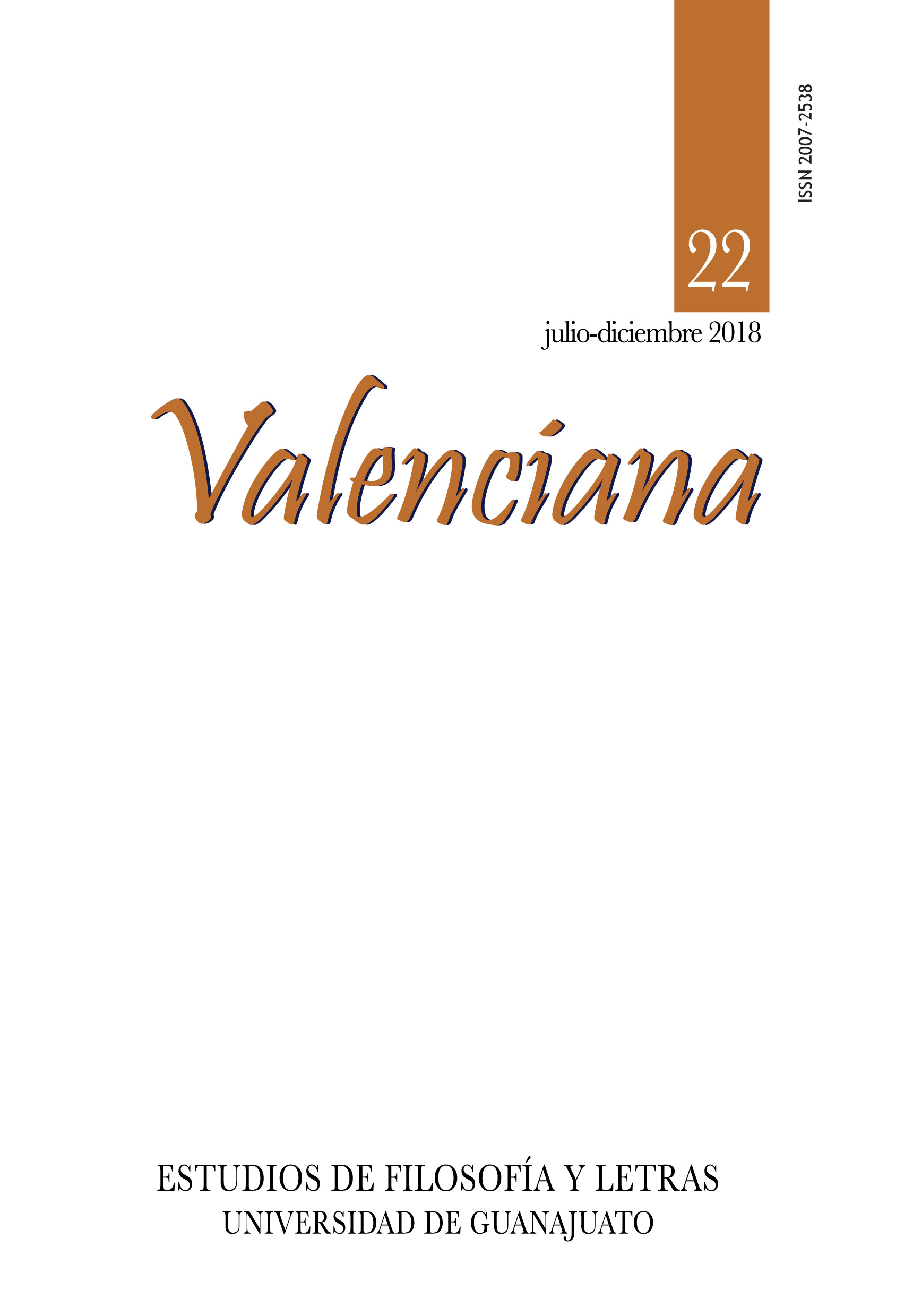The Statue of Salt, by Salvador Novo. Urbanism and homosexual identity in Mexico City, 1917-1921
DOI:
https://doi.org/10.15174/rv.v0i22.366Abstract
Salvador Novo (1904-1974), in his autobiography The Statue of Salt (1998), captured the events of the homosexual life at Mexico City from 1917 to 1921. This work is intended, based of Novo ́s narration, to do an analysis of how, despite being a transgressive behavior, the homoeroticism was a fairly widespread practice in different social strata. Mexico City not only arises as a scenario, public and private spaces where actions are developed, it ́s role is starring in the novel. For that we analyze how the urbanism determines and conditions the construction of gay identity. Thus we notice that the homosexual becomes agent of instability in the structuring of the network of social relations, and participates in the reconfiguration of the places of a city.References
“Cortés, Hernán”. Diccionario Porrúa de historia, biografía, y geografía de México. México: Porrúa, 1986.
Aristóteles. Política. México: Porrúa, 1976.
Boivin, Renaud. “De la ambigüedad del clóset a la cultura del gueto gay: género y homosexualidad en París, Madrid y México”. La ventana: 146-190. 2011. Acceso 20 de septiembre de 2017. http://www.redalyc.org/pdf/884/88422488008.pdf
Delgado, Manuel. El animal público. Barcelona: Anagrama, 1999.
Harvey, David. “La libertad de la ciudad”. Antípoda: 15:29. 2008. Acceso 23 de agosto de 2017. http://www.redalyc.org/pdf/814/81411812003.pdf
Jiménez, Rogelio. “Ser gay en la ciudad de México”. Letras Históricas:259-263. 2010. Acceso 20 de septiembre de 2017. www.revistascientificas.udg.mx/index.php/LH/article/download/1835/1617
Lefebvre, Henri. De lo rural a lo urbano. Barcelona: Península, 1978.
Martínez, Emilio. “Introducción”. La ciudad y otros ensayos de la ecología humana. Barcelona: Ediciones del Serbal, 1999.
Monsiváis, Carlos. “Los gays en México: la fundación, la ampliación, la consolidación del ghetto.” Debate Feminista: 89-115. 2002. Acceso 19 de septiembre de 2017. http://www.debatefeminista.pueg.unam.mx/wpcontent/uploads/2016/03/articulos/026_04.pdf
Monsiváis, Carlos. “Prólogo”. La estatua de sal. México: Conaculta, 2002
Naime, Alexander. Ciudad Invisible.México:Instituto mexiquense de cultura, 2007.
Novo, Salvador. La estatua de sal. México: Conaculta, 2002.
Park, Ezra. La ciudad y otros ensayos de la Ecología Humana. Barcelona: Ediciones del Serbal, 1999.
Rivera, Fernando. El urbanita: política y urbanismo. México: SEP, 1987.
Zimmerman, Marc. “Fronteras latinoamericanas y las ciudades globalizadas en el nuevo (des)orden mundial” Universitas Humanística: 29-51. 2003. Acceso 23 de agosto de 2017. http://www.redalyc.org/articulo.oa?id=79105603
Published
How to Cite
Issue
Section
License
Author(s) who publish in this journal do accept the next conditions:
According to copyright regulations, Valenciana does recognize and respect the authors’ moral right, as well as the right of property, which will be assigned to the journal for its diffusion in open access.
Valenciana does not charge authors for the submission, editorial process or publication in the journal.
All texts published and distributed by Valenciana (without exception) are supported by the license Creative Commons Attribution-NonCommercial 4.0 International (CC BY-NC 4.0), which allows third parties to use the publication as long as they mention the author and the first publication.
Authors can make other independent and additional contractual agreements for the non-exclusive use of his article published in Valenciana (e.g. including it in an institutional repository or in printed/electronic media), as long as it is explicitly clarified that the article was published for the first time in this journal.
For these purposes, authors must sign and send the letter of submission and copyright transfer form in a PDF file to this email address: revistavalenciana@gmail.com
This journal is under a license by Creative Commons Atribución-NoComercial-SinDerivadas 4.0 Internacional (CC BY-NC-ND 4.0)).











